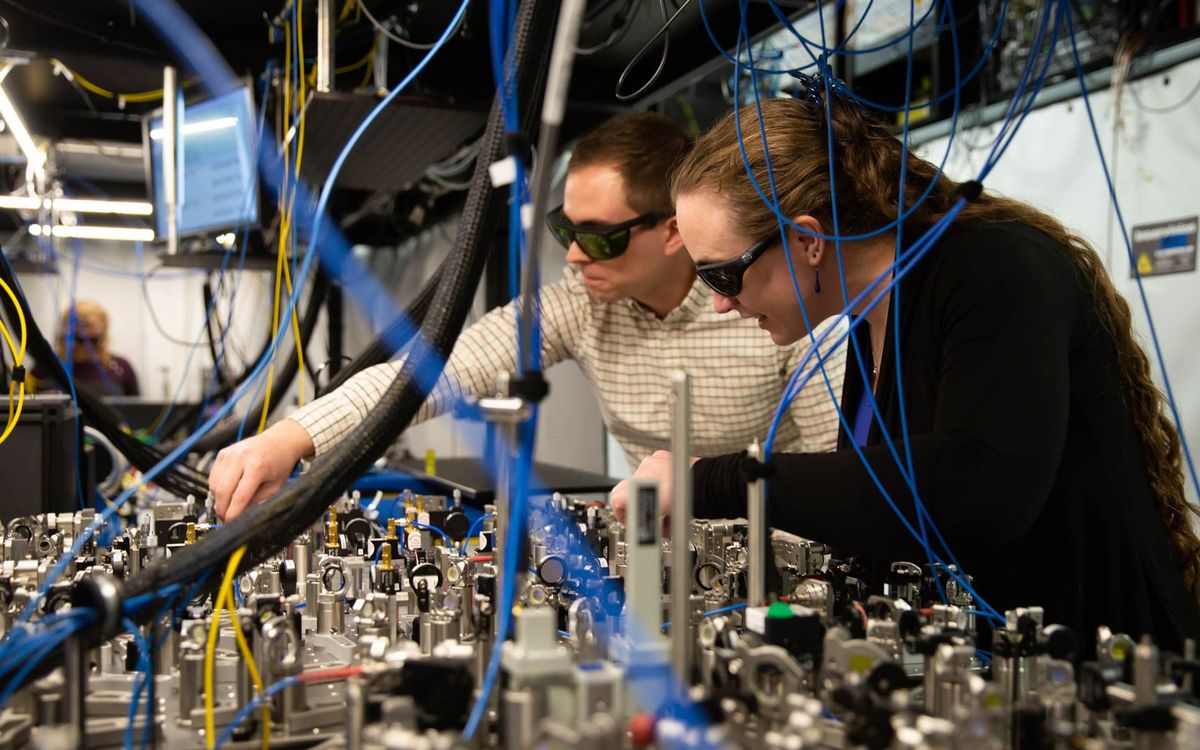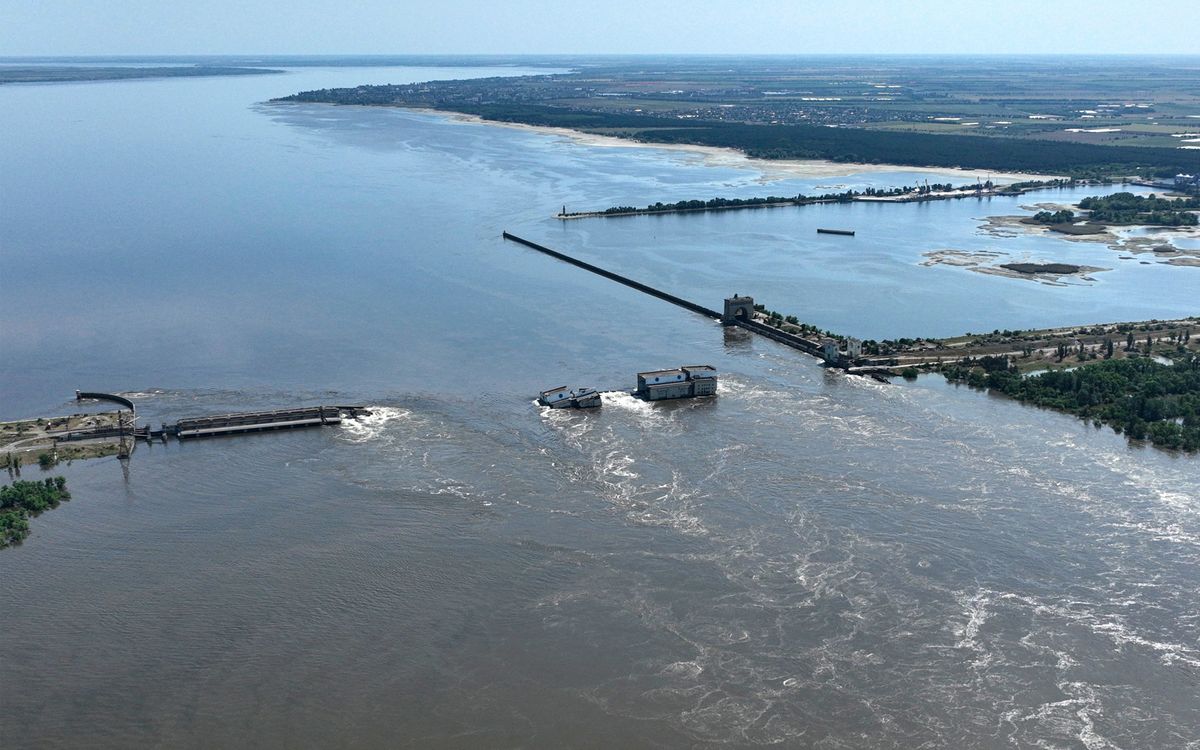For decades, Wallace Broecker's Younger Dryas "big chill" scenario has been the poster-boy example of how sudden and devastating climate change can be: According to his theory, the sudden collapse of a natural ice dam in the St. Lawrence river system about 13,000 years ago let a gigantic mass of fresh water escape from an inland sea into the North Atlantic; that in turn disrupted normal oceanic circulation, shutting down the Gulf Stream and plunging the northern hemisphere into a mini-ice age, just as it was emerging from the last big one.
A few years ago groups of scientists produced evidence that the St. Lawrence dam collapse was induced not by post-ice age warming but by a meteor. Strictly speaking, the question was academic. It didn't really matter, in terms of implications for climate policy, whether the root cause had to do with natural climatic cycles (which by the way are triggered by changes in Earth-Sun orbital geometry), or with something that came in one huge burst from outer space. From a scientific point of view, a meteor impact inducing other changes is one kind of climate "forcing"; a human-induced increase in greenhouse gas levels is another.
But of course that's not exactly how things play in the popular press. Say that a climate catastrophe was caused by a meteor, and it sounds like a freak accident that has no real implications; say that it arose from the natural dynamic of the earth-atmosphere system and it sounds like something to seriously worry about.
So it's of some interest, both political and scientific, to learn that the meteor theory is on its last legs. According to an authoritative account by reporter Richard A. Kerr in the September 3 issue of Science, "Mammoth-Killer Impact Flunks Out," the leading impact specialists are concluding that the main proponents of a Younger Dryas collision have failed to find the critical evidence needed. Chalk another one up for Broecker, seen above setting out on a scientific expedition.



